What are the Challenges for Nepali SMEs Amidst COVID-19 Crisis
April 2020 • Subrina Shrestha, MSME and Agri Finance Consultant (BFC, Nepal)
Are there any silver linings emerging? What can SMEs do next?
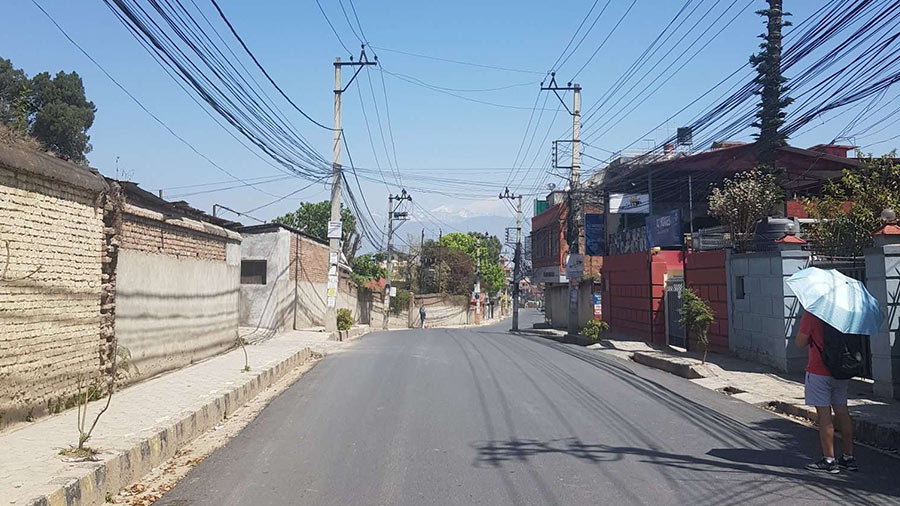
Scenario of SMEs during COVID-19 in Nepal
At the start of 2020 Nepal’s government was optimistic of attaining the targeted GDP growth of 8.5% in FY 2019/2020. The promotion of Visit Nepal 2020 was also gaining momentum with high hopes; however, with advent of recent events, business as usual took an unexpected spiral fall since late March when the government decided to enforce a nation-wide lockdown to contain the spread of COVID-19. Although Nepal registered its first case in January 2020, stringent measures from the government were enacted only from 24th March 2020 onwards. Since the imposition of the lockdown, Nepal’s economy is estimated to have lost more than NPR 100 billion (USD 820 million) during the period of mid-March- mid April 2020 with the World Bank has revised the growth forecasts to the range of 1.5–2.8% for FY 2019/2020. As of FYE 2074/75 (2018/19), a total of 275,433 small and medium enterprises (SMEs) were registered in Nepal. The Industrial Enterprise Act 2016 defines small enterprises as businesses as having fixed capital up to NPR 100 million and medium enterprises as businesses have fixed capital between NPR 100 million and NPR 250 million. The SME sector contributes an estimated 22% to the GDP while creating employment for 1.7 million people (SME Financing in Nepal, Nepal Rastra Bank, 2019).
Challenges of SMEs
Weak supply chain linkages
Weak supply chain has been a key challenge for the Nepali business landscape historically with producers unable to find markets while consumers anguished with periodic shortage of goods. With the national lockdown, the situation has only further worsened as producers are now facing the problem of selling their finished goods as well as availing manufacturing inputs/ raw materials given the travel and import restriction along with limited resource mobilization capabilities. Likewise, on the consumer end, limitation or unavailability of infrastructural and logistical access has escalated the supply chain problems. Despite being allowed by the government to operate, essential produce manufacturers are forced to operate in lower capacity. For instance, the dairy industry is reported to be operating at 50% capacity due to difficulties to procure milk from farmers as issues with getting vehicle permits (preference for four wheelers) to operate during lockdown has restricted smallholder farmers and collection centers to transport milk. Similarly, in the livestock sector, the feed manufacturers are operating at 33% capacity as they are unable to import the raw materials and market the finished merchandise, while livestock farmers are abandoning business such as poultry citing lack of access to feed and of a market for their birds and eggs due to closure of some markets and time-restrictions imposed on retail market operation while also coping with transport restrictions. Limited operation of retail markets, and outflow of labor has restricted access to feed from the local dealers and labor for farm work.
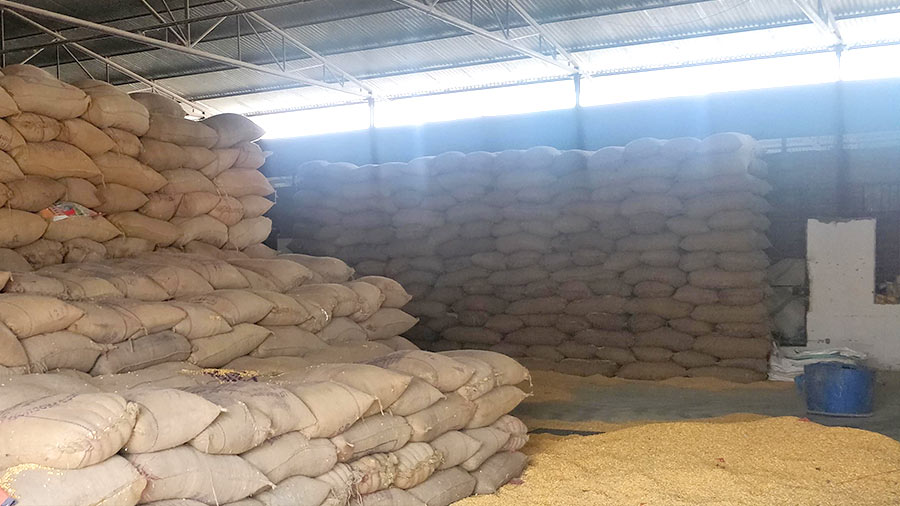
Seasonal nature of business
Various M/SME businesses are seasonal in nature. The onset of wedding season from April 2020 would in normal times create high seasonal demand for services ranging from flower decor, food, meat, catering service, apparels, photo/video service, grooming services, hotel room and banquets, event management, precious metal consumption (gold, silver), the sale of electronic goods, furniture and so forth. It can be implied that even when the situation starts to normalize (post lockdown) weddings are likely to be a smaller affair with only few guests, thus curtailing demand for seasonal services related to weddings for the current year. Likewise, the cancellation of spring mountaineering expeditions and complete halt in tourist flows since late March, absence of celebration events during Nepali New Year (April 13th), halt in domestic tourism travel and business travel has created a major slump for travel related businesses. MSMEs and SMEs traditionally rely on the surge in demand during peak season to weather businesses through the lean period. Even post lifting of lockdown, the tourism industry is at best expected to pick momentum in 4-6 months while normalization is expected after the 2nd quarter of FY 2020/2021.
Low capital and thin margins
An estimated 33% of SMEs in Nepal fund their initial capital from ancestral property, 26% use the savings of their proprietor while only 16% is financed through bank loans. The survival of businesses in the current scenario will depend on the financial position and runway available. Although typically businesses will likely weather a one-month halt in transaction by eroding on the business’ cash reserves or proprietors’ personal savings or utilizing existing lines of working capital credit from financial institutions. Although some businesses have the privilege of continuing activities via work from home, others have reportedly started sending employees on sick leaves/ unpaid leaves, partial payment of salary while some are mulling laying off employees if the situation continues. The prolongation of the lockdown and expected delay in restarting businesses will have stronger implications on SMEs’ survival. A large number of white-collar and blue-collar workers have left cities and travelled to their home districts to weather the uncertainties of the COVID-19 crisis. This implies that it will take at least several weeks until all of them will have returned to their work destination domestically for business to start operating normally. Access to capital will be tighter and government intervention and stimulus will be the only support structure that businesses will look to for survival and recovery.
Expected continuation of decline in demand
As businesses fail to generate transactions, the resultant slump in earnings will impact the demand for non-essential goods and services. In addition to this, the halt in economic activities in migrant destination countries has resulted in layoffs with some countries sending laborers back home. Nepal receives an estimated USD 8 billion in remittance annually, which is evidently headed to spiral downwards to create a serious slump in consumption demand. This will create a further precarious situation for the survival of many businesses. Remittance alone generates one third of Nepal’s GDP.
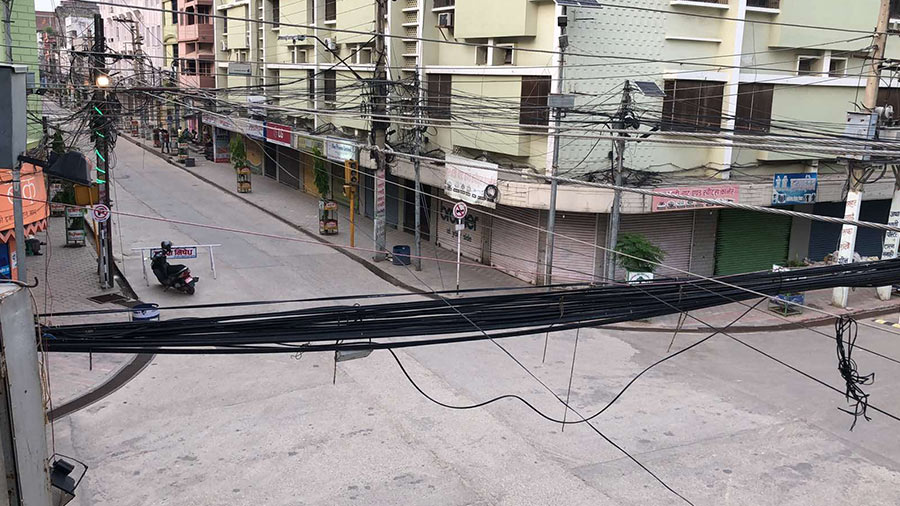
Lack of awareness of relief packages from Government
The survey carried out by Nepal Rastra Bank in 2019 on SME Financing had highlighted that the vast majority of SMEs are unaware of programs launched by the government and central bank. This has contributed to the low uptake of subsidized or concessional finance.. Given these circumstances, it becomes evident that even when the government launches stimulus and relief packages, the lack of awareness amongst SMEs will curtail their impact . As 85% of SMEs take loans from commercial banks, it becomes crucial that the latter take proactive steps to ensure clear communication with clients on how to reap benefits from government programs, or to explore options for loan restructuring, based on projected revival of particular businesses so as to keep businesses afloat during the crisis. The same has also been observed during the earthquake and other crises which stand validation for the need to have special focus on a tiered and aligned approach of awareness and execution.
Silver linings
Amidst the frustration and fear from the pandemic, a few silver linings for SME are emerging
Rise of platform business and its adoption
The sudden halt in movement has compelled consumers and sellers to pivot their purchases and sales behavior, generating a surge in traffic to platform based online business. Before the lockdown, only a few platform based businesses such as Daraz, Kirana, Sastodeal etc. provided online grocery purchase services. Since the lockdown was imposed, other platform businesses such as Foodmandu, Bhojdeal, etc started a new line of fresh grocery delivery. The traditional brick and mortar supermarket also started taking orders via phone, viber, whatsapp and some from their own website. Agricultural produce companies, dairy, fresh meat suppliers who traditionally sold in physical markets are now seen to be associated with platform businesses to sell their merchandise. Post-lockdown also many of these businesses are expected to continue using these new distribution channels, changing the way of doing business particularly for small enterprises. The rush to digitalization will open many opportunities for SMEs as a whole.
Return of migrant labor (domestic and international)
A number of migrant workers both domestically and internationally have reportedly returned to their place of origin and continued to do so despite the lockdown in place. On a positive note, this has provided the much-needed youth labor in agriculture pockets where winter crop harvesting has started. Moreover, semi-skilled and skilled migrant workers are now a rich resource for the rural area where some have reported to have started investing in agriculture. NRB has also introduced a provision to avail subsidized loan for the purpose of starting a business, for individuals who have gained approval for foreign employment but were not able to travel due to the crisis. . This can potentially be leveraged to start new businesses and contribute to the revival of the local economy.
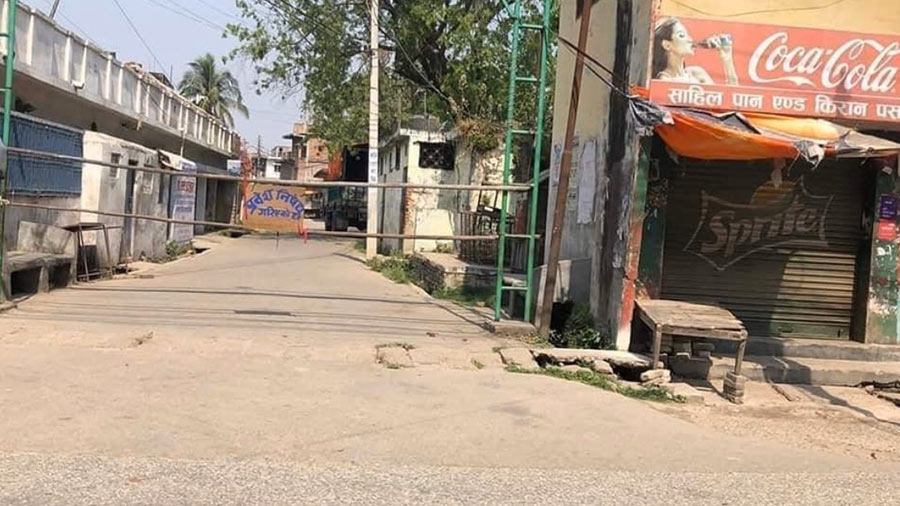
Awareness of importance of strong local infrastructure and economy
The disarray caused by the lockdown has increased awareness for the country’s need to become self-reliant on essential goods and invest in public infrastructure. The importance of a vibrant local economy from neighborhood grocery stores to well-equipped hospitals and labs in the locality has garnered major attention. While traditionally people in second tier cities, semi urban and rural areas relied on travel to the capital to avail services ranging from medical treatment to education, and to find jobs, the current lockdown has highlighted the importance of arm’s distance reach to basic infrastructure and facility. This hopefully is expected to translate into investment in local infrastructure, adoption and promotion of locally produced goods.
Next Steps for SMEs
Get your house in order
The forced break from routine work has provided an opportunity for SMEs to introspect on their business activities and strategies. Plans and activities that took a back seat to prioritize everyday business can now take the front seat – potentially providing a new pivot for the business, process reorientation, department audits, self-assessments, SOP developments and many other possibilities. As businesses already venture into pivoting work modality such as the adoption of remote working where previously it was an unthought of option, they could think of continuing to such measures during normal times, potentially resulting in adoption of cost saving measures. Additionally, businesses should utilize this time to develop crisis management plans, preparing for the worst from layoffs to downsizing and getting ready to take action as soon as the lockdown is lifted.
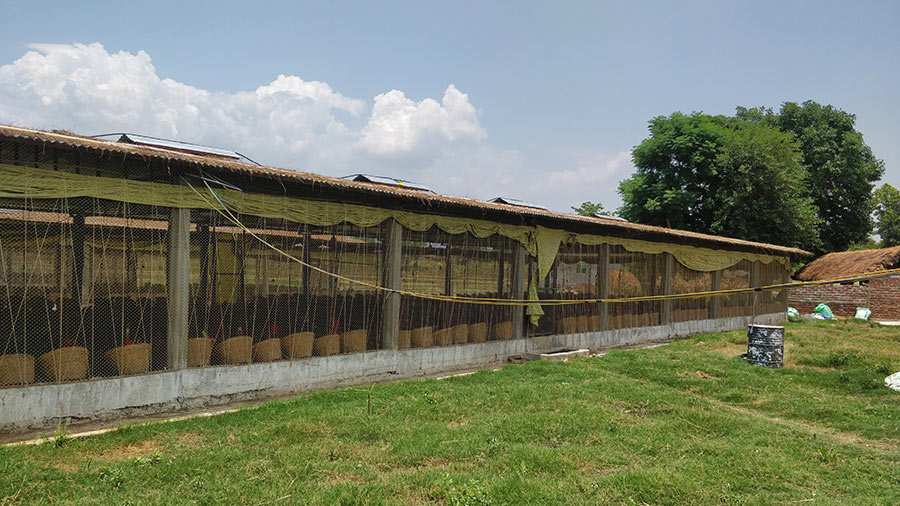
Funding sources
A number of start-up businesses globally are raising funds to tackle COVID-19 related expenses while new ventures such as telemedicine are receiving traction from early stage-venture capital funds. Nepal’s businesses have traditionally been reliant on bank finance; however, the expected tightening of liquidity could put a strain on availability and eligibility of this source of funding. The current scenario could provide a boost for domestic and international venture capital funds to establish stronger roots in Nepal. However, without the government’s will to facilitate FDI in SMEs, this potential channel of funding will remain out of reach for Nepal’s businesses. Nevertheless, SMEs should explore traditional and non-traditional means of financing (homegrown VCs, DFI funds, etc.) to weather the financial strain from the current crisis.
Fixed Costs Subsidies
As transactions have slowed down or come to a complete halt, businesses’ contribution margins are slimming down, cash cushions have also dwindled, thereby shrinking the funds available to cover fixed expenses. The Government as an immediate measure could defer tax payments for next quarter. Although the government could also come up with plans for subsidizing fixed cost ranging from rent, utilities, interest payment and other, in reality this will be an uphill challenge for the bureaucracy to administer, implement and monitor. On the other hand, SMEs should plan to push their cost obligations to the estimated time when revenue will start flowing. SMEs at the moment cannot afford to adopt a reactive approach but should rather proactively seek consultation and dialogue with stakeholders including competitors, customers, supply chain partners, etc. and lobby for support from the government. Without clear understanding of what kind of fiscal support could have a positive impact on SMEs, and in-depth understanding of the issues and their mid to long term repercussions, quick temporary measures that fail to address the underlying issues will only worsen the situation in near future.
We are conducting a short survey to understand the position of businesses in context of COVID-19, if you are an entrepreneur in Nepal kindly fill the survey available here: COVID-19 Impact Survey – Nepal Based on the findings of this survey, we intend to continue with a follow up series with potential measures to be taken in Nepal to support SMEs.